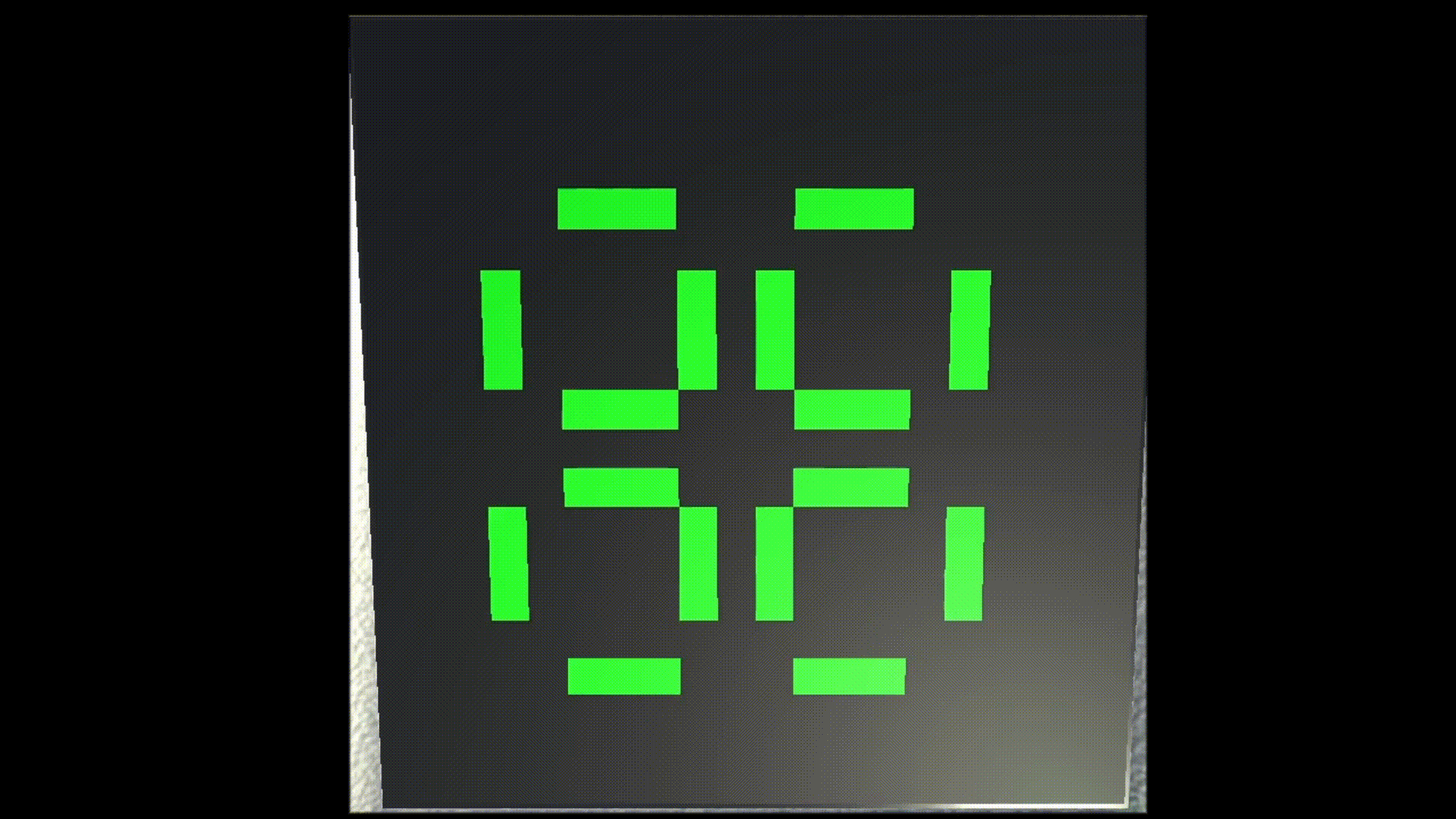John Conway's Game of Life

Conway's game of life was born in 1970. It is hard not to come across it at one point or another. The idea is that simple rules result in unpredictable and often beautiful chaos with emergent order.
You start with a grid of cells, some of which are dead and some alive. Alive cells will die unless they have either 2 or 3 neighbours. Social but not overcrowded. Dead cells will reanimate if they have exactly 3 neighbours. Just these rules produce everything you are about to see.
Try Conway's game for yourself: (Press enter to start!)
There are many interesting configurations you can find in the GOL. The most famous is the glider.

Try this configuration and see what happens. (You can click on the screen to add an alive cell, click start again to pause so you can draw a shape without it evolving.)
It turns out that there are far more complicated stable structures that can be created using the GOL. By using gliders in a special way you can construct logic gates, which means you can technically simulate any computing system using the GOL. Here is a video of someone running the game of life in the game of life! They can simulate so many cells at once by using a GPU.
As a side note, I have also written the GOL in python in this notebook. In the notebook you can choose the initial condition by clicking on the first panel. Run the bottom panel to watch the result play out. You can also uncomment the commented "random" line to see a random initial condition. If you want to make your own notebook that takes user mouse input and can play animations it may be interesting to you.



Comments ()